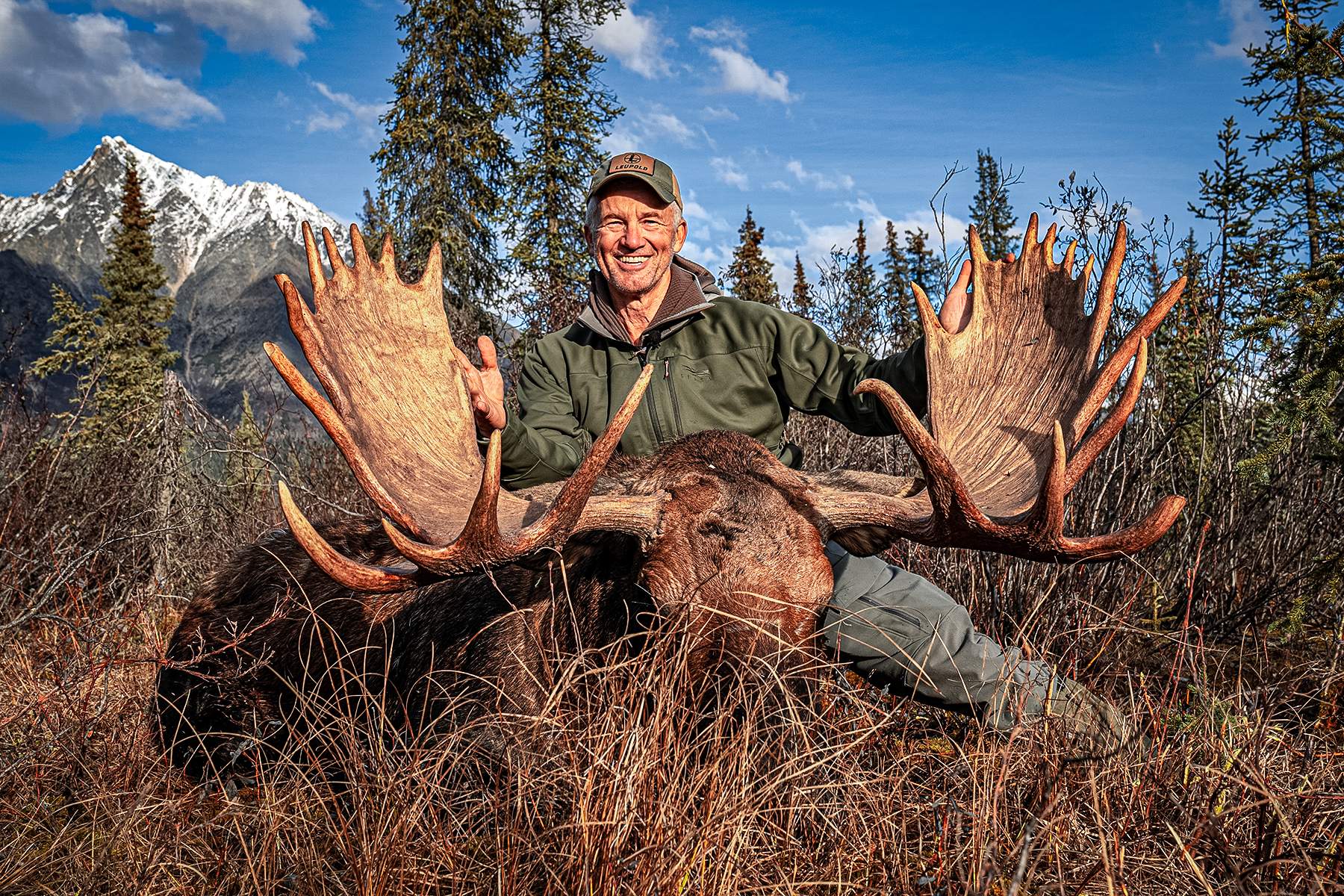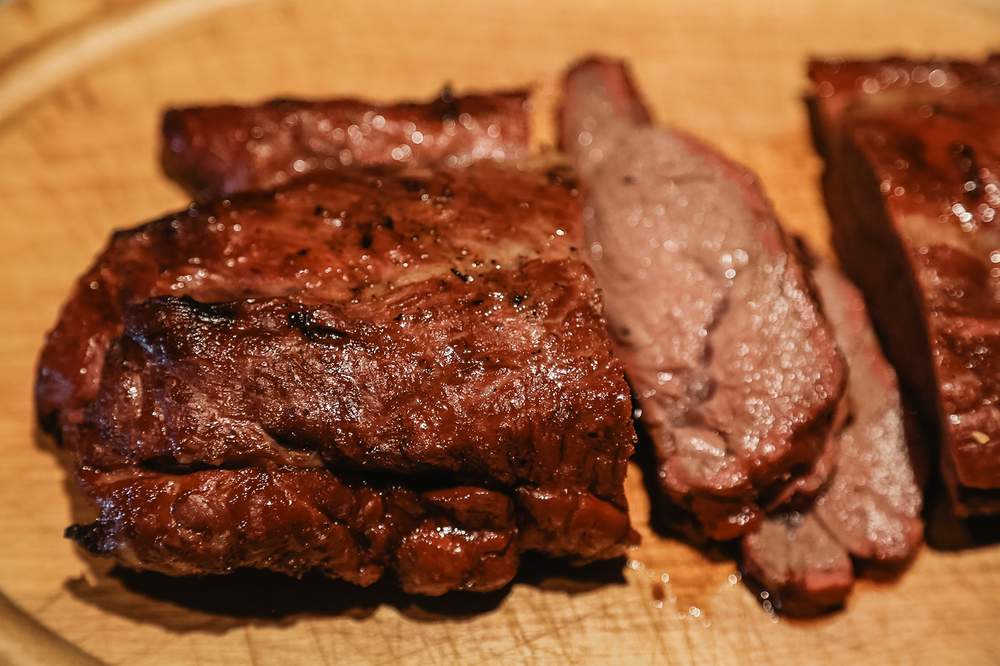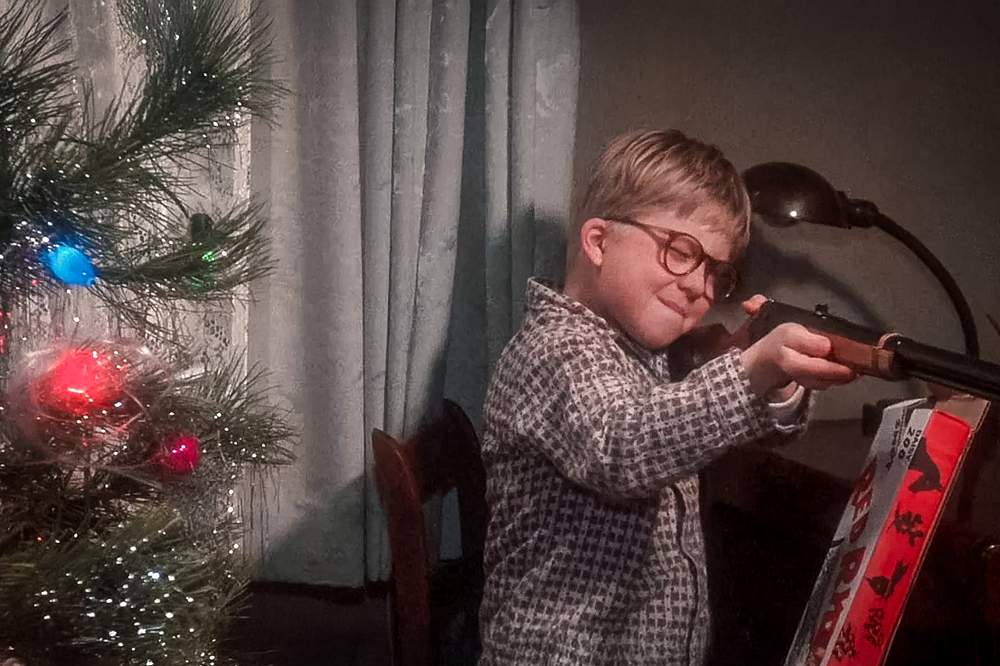“Anybody can make wild game taste wonderful,” says Randy Newberg, a lifelong hunter and wild game cooking expert who might serve you moose tenderloin, elk pastrami or muskrat tacos. “Cooking is one of the most overlooked skills that hunters could have.”
You may have listened to Newberg’s “Hunt Talk” podcast or watched his popular TV shows, Fresh Tracks and On Your Own Adventures. But this ethical, DIY hunter is much more than a media personality who sleeps in a tent 100 nights a year: He’s a leading advocate for public lands access and preservation and a dedicated conservationist who represents hunters’ rights before Congress and beyond.
Newberg’s hunting philosophy is driven by respect for the animal and the land, and cooking is a core tenet. “The primary purpose of hunting for me always has been and always will be the food and the self-reliance that comes with filling your own freezer,” he says.
He grew up hunting and eating game in Northern Minnesota, but he wasn’t always a brilliant cook. Long before his YouTube channel revealed the secrets behind bear bacon and barbecued bison ribs, he was ruining elk roasts in crockpots and turning tenderloins into hockey pucks.
But that was a long time ago. When Newberg decided to get serious about his chef skills, he found inspiration from an “amazing, just so talented, unbelievable cook” nearby: his wife.
“I’d start hijacking her recipes,” he says. “When you substitute wild game, the flavors are even more robust, more complementary.” She also encouraged him to try new things in the kitchen. “Her family, they’re fearless experimenters, and me… I’m not so talented,” he says. “If a recipe calls for 1.35 tablespoons, I’ll figure out a way to measure exactly 1.35 tablespoons. My wife has helped teach me to go and experiment.”
Today, it’s Newberg who is teaching others to cook, and his lessons begin a long way from the kitchen. “Cooking is just the end product,” he explains. “There are so many important steps along the way: Field dressing, butchering, the whole process is just so important to me—not just the skills that come with it, but the respect it builds for the animals and the land and habitats they need.” Understanding meat preparation and field care as a responsible hunter is the foundation for creating delicious dishes of wild game.
Randy Newberg’s Keys To Great Game Dishes
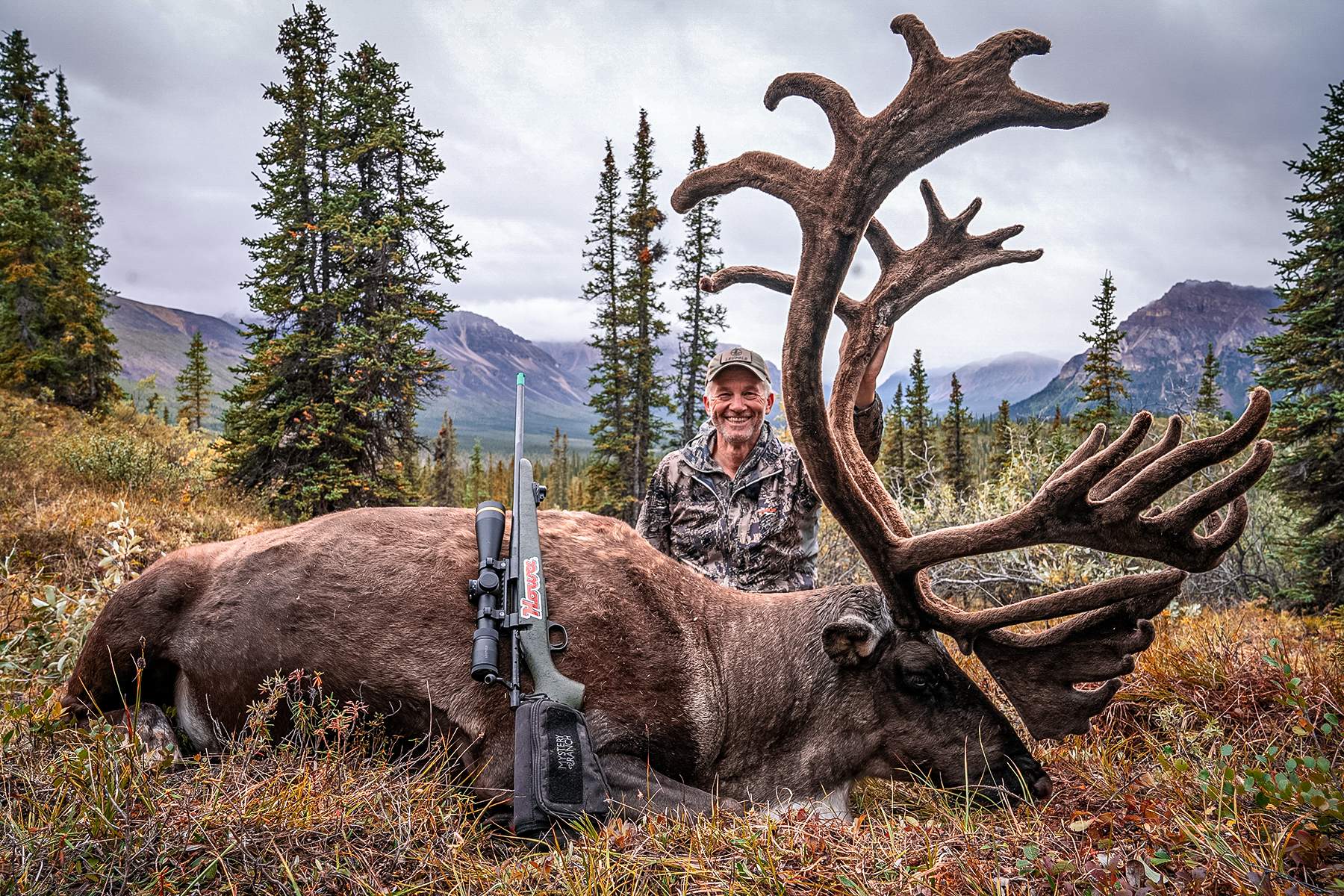
Whether you’re working with venison, caribou or javelina, Newberg’s first rule of thumb is to cook it slow and low. “Wild game is not for the person that’s in a hurry,” he says.
Because wild game is much leaner than domestic meats, it must be cooked at a lower temperature for a longer duration. “Don’t be bullheaded like I was and think that you’re going to cook it the same way Grandma cooked beef or pork,” he says. “It requires a change of tactics. Give yourself the time to do it right. You owe that to the animal.”
Overcooking wild game to well-done is another common mistake he sees. “I grew up that way. My grandmother cooked wild game to within an inch of its life, and then she cooked it again just to make sure,” he laughs. “I’ve ruined so many good pieces of meat thinking that well-done was the way to go. Now I’m on the other side of medium, you’re almost afraid it’s going to get up and walk off.”
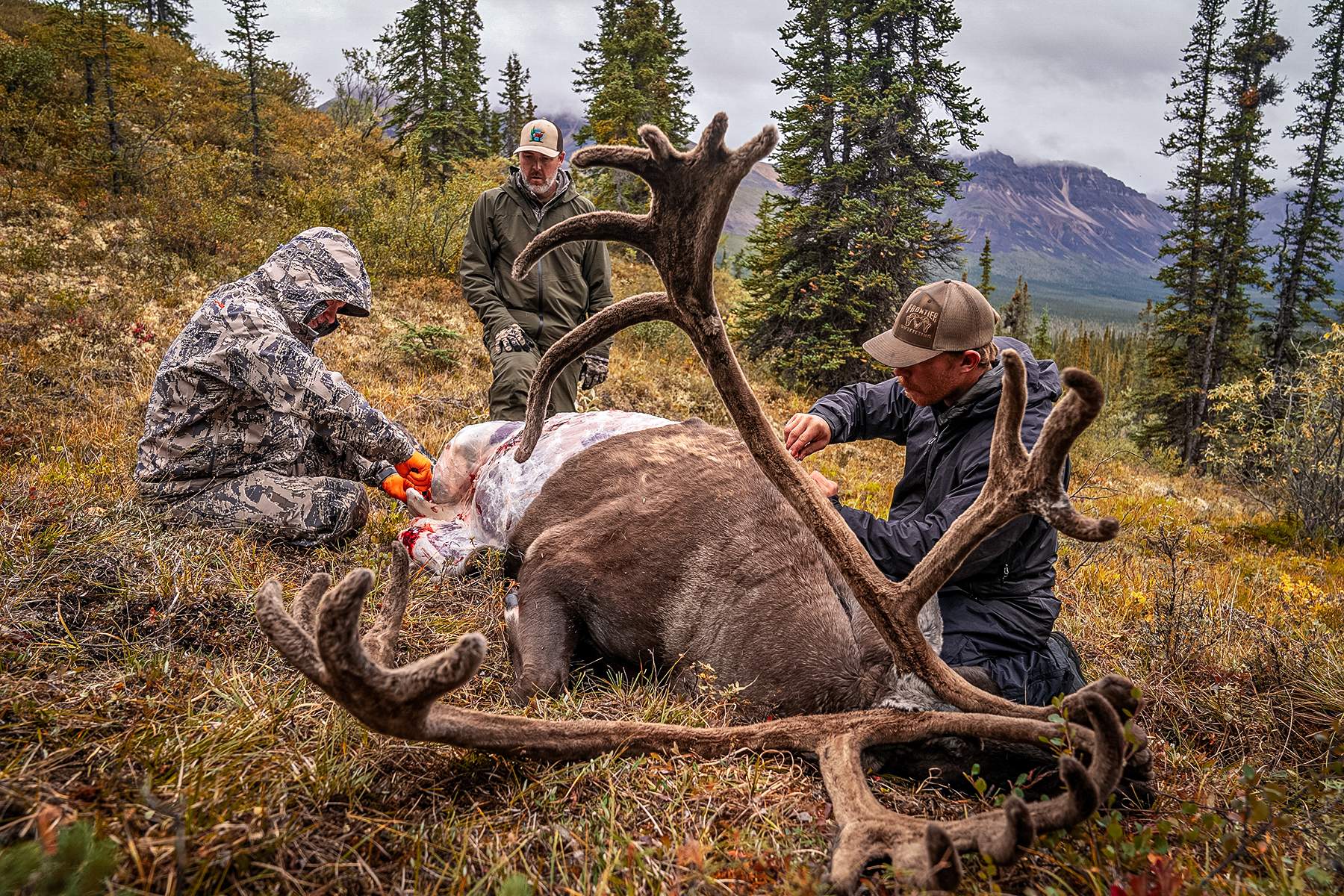
Out of concerns over foodborne diseases and parasites, many people cook wild game to 165 degrees (the recommended temperature for domestic pork). “You may as well just feed that wild game to the dog if you get it to that temperature,” Newberg says.
Less is also more when it comes to seasonings. “Wild game is way more flavorful than domestic meats, so let those flavors do the talking,” he says. “I am as basic as basic gets in everything that I cook and how I approach it. If it takes more than 15 minutes of prep time, it’s not a recipe that I’m interested in.”
He loves Meat Church rubs for red meat. For whiter meats such as rabbit, ruffed grouse and pheasant, he likes a bit of paprika and cayenne pepper.
But simple doesn’t mean boring. “Be adventurous,” he says. “Don’t be afraid to experiment. Try something different.”

Randy Newberg's Whitetail Meat Primer
One good place to start is with whitetail deer. “It’s lean, it’s flavorful, it’s abundant,” he says. “And with an animal the size of a deer, you’re going to get such a variety of cuts that you can work with. You’re going to get some roast, you’re going to get some steaks, you’re going to cube a bunch of meat for chilis or stews and you’re going to get a lot of burger.”
Wild game is humankind’s original organic, sustainable food. By learning how to cook your harvest, you not only honor the animal and the land, but you also create a direct, visceral connection to our most ancient roots.
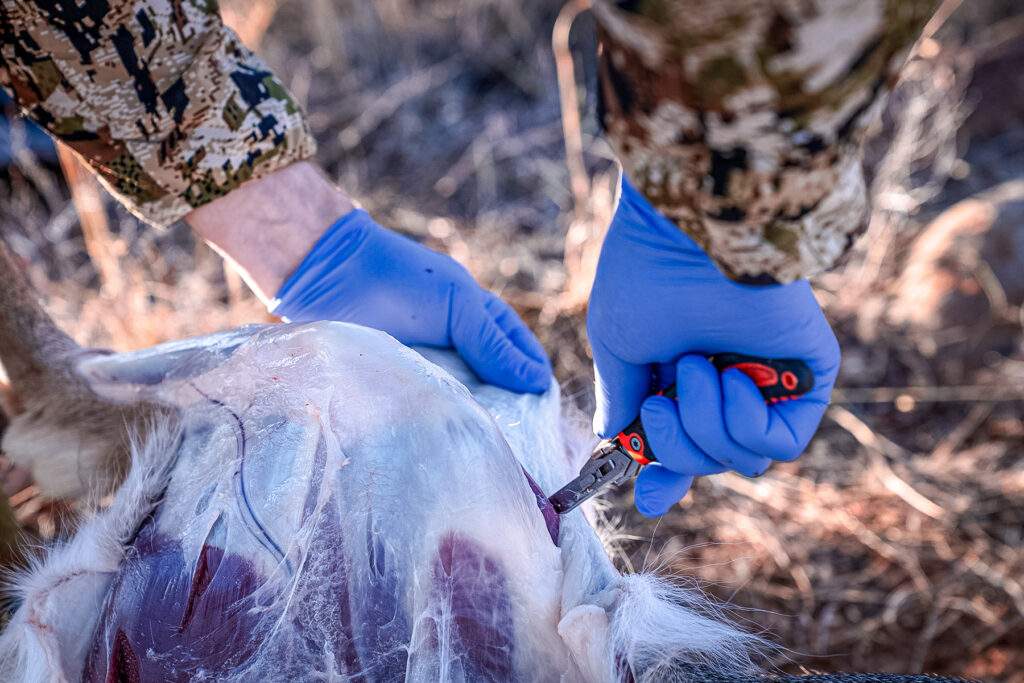
“This food that we get from wild landscapes is a unique gift,” Newberg says. “America is still a place where you can go and obtain your own protein, be responsible for it from start to finish, and it’s going to be the best protein you can acquire. We should celebrate this wild abundance.”
Randy Newberg's Caribou Tex-Mex Chili Recipe
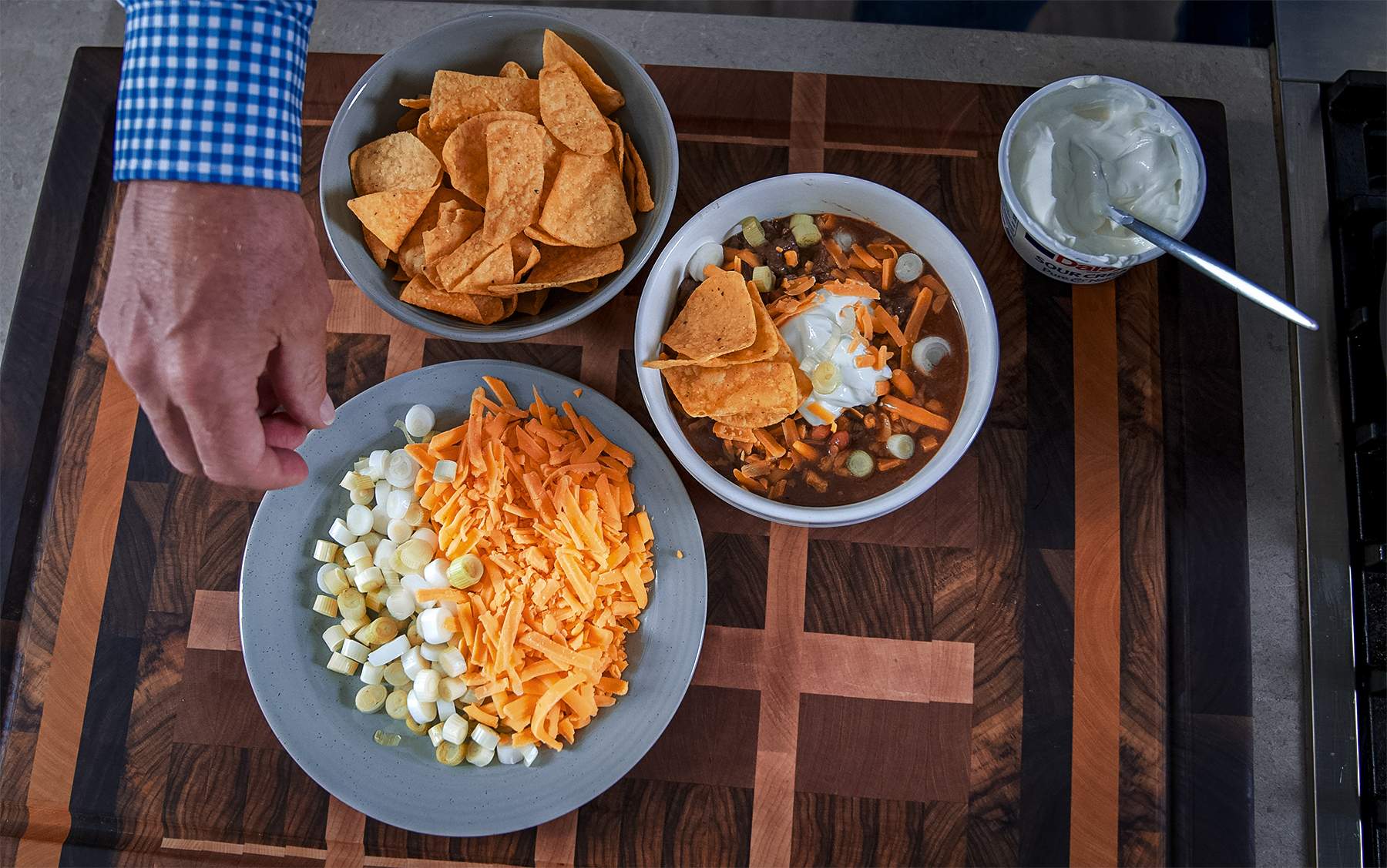
Serves: 6 or more
Ingredients:
- 3 tablespoons vegetable oil
- 3 1/2 pounds wild game(cut into ½-inch cubes)
- 3 cloves garlic, minced or crushed
- 1/2 teaspoon crushed, dry red pepper
- 3 teaspoons chili powder
- 3/4 teaspoon ground cumin
- 3 tablespoons masa flour (or more if needed to thicken)
- 1 tablespoon dried leaf oregano
- 2 teaspoons salt
- 1/2 teaspoon black pepper
- 1 can (13 ounces) beef broth
- 1 can (8 ounces) tomato sauce
- 1/8 to 1/4 cup green chili salsa (to taste)
- 3 cups cooked pinto beans (drained, if canned)
- Suggested garnishes: Sour cream, shredded cheddar cheese, diced mild onion or green onion, diced avocado

Directions:
1. Add oil to the cubed meat and stir to coat all pieces. Heat a Dutch oven over medium heat, add oiled meat cubes and stir until the meat loses its pink color. Stir in garlic and crushed red pepper. Remove from heat.
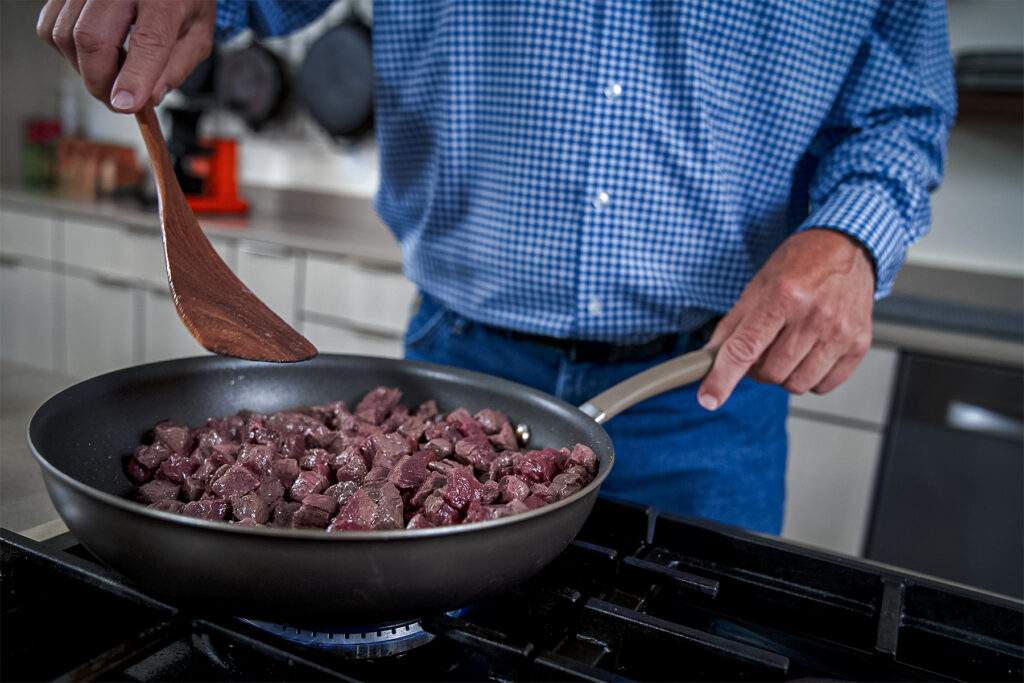
2. Combine chili powder, ground cumin, masa flour (you may use all-purpose flour, but masa is best), oregano, salt and black pepper. Sprinkle the mixture over the meat and stir until coated. Slowly add the beef broth and tomato sauce, stirring until well blended.
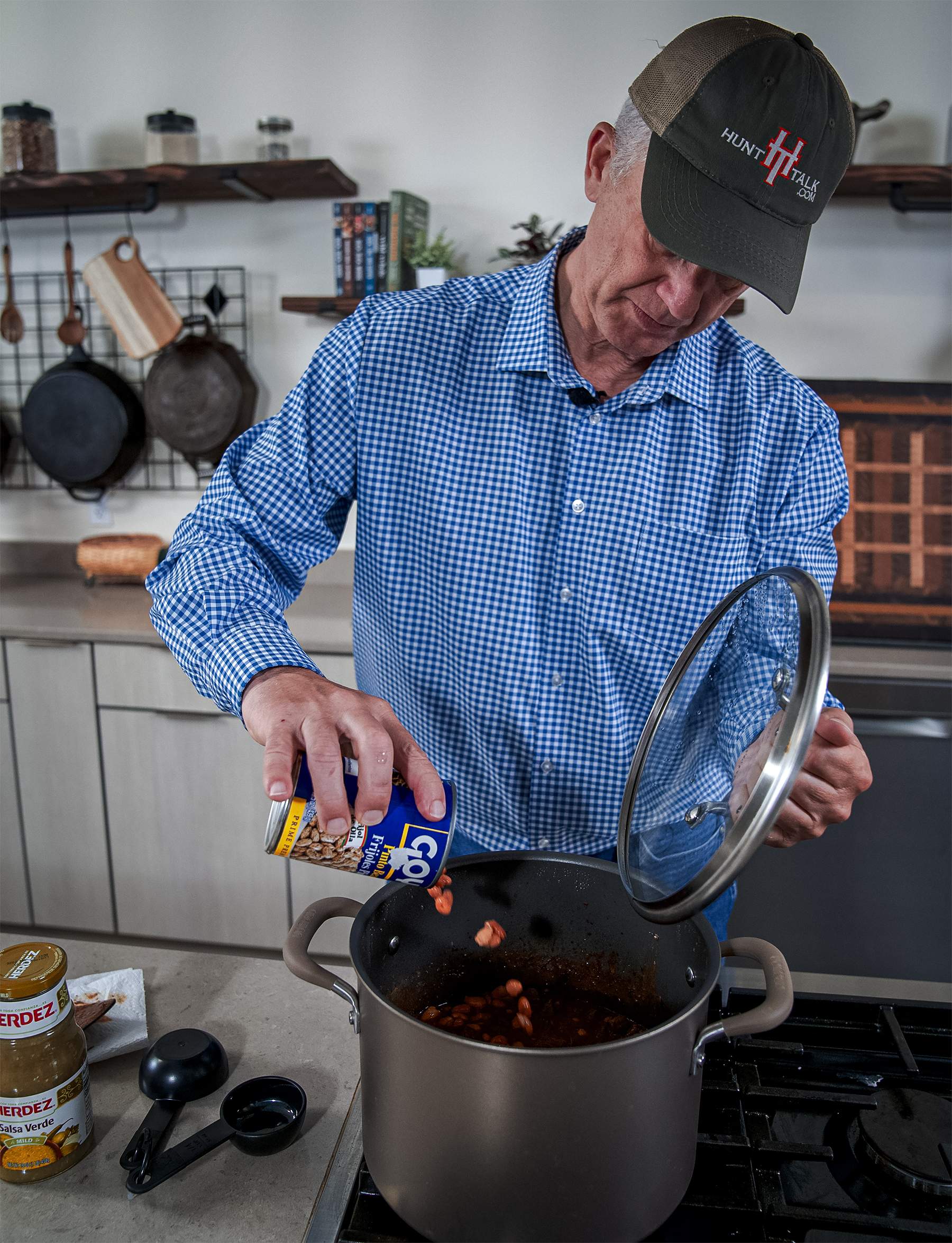
3. Return to heat, bring almost to a boil, then reduce the heat to low. Cover and simmer, stirring occasionally, until the meat is very tender (about 2 hours).
4. Add green chili salsa and pinto beans. Simmer for an additional 30 minutes.
5. Garnish and serve.
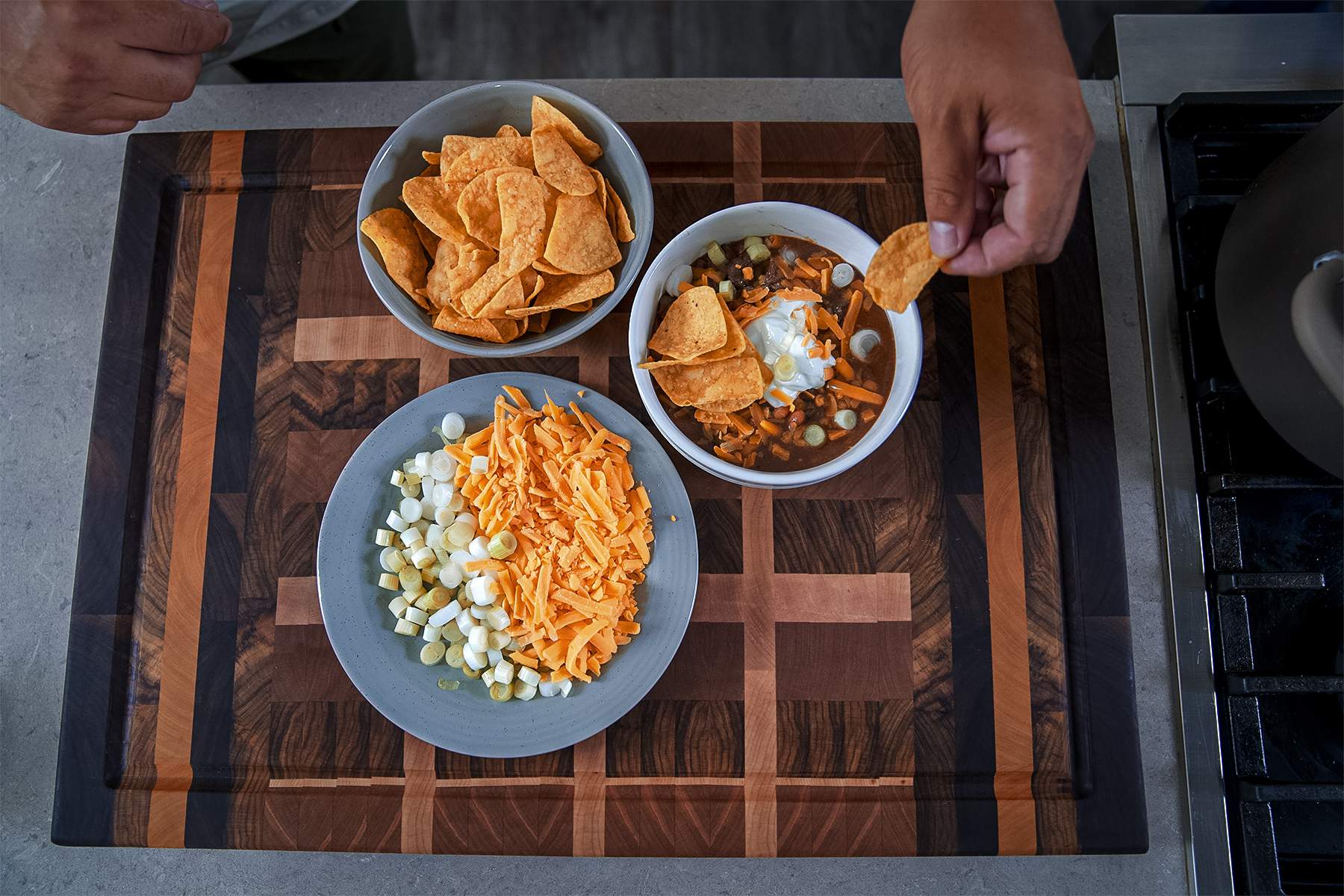
Randy Newberg’s Field And Kitchen Must-Haves
Randy Newberg Knives by Gerber
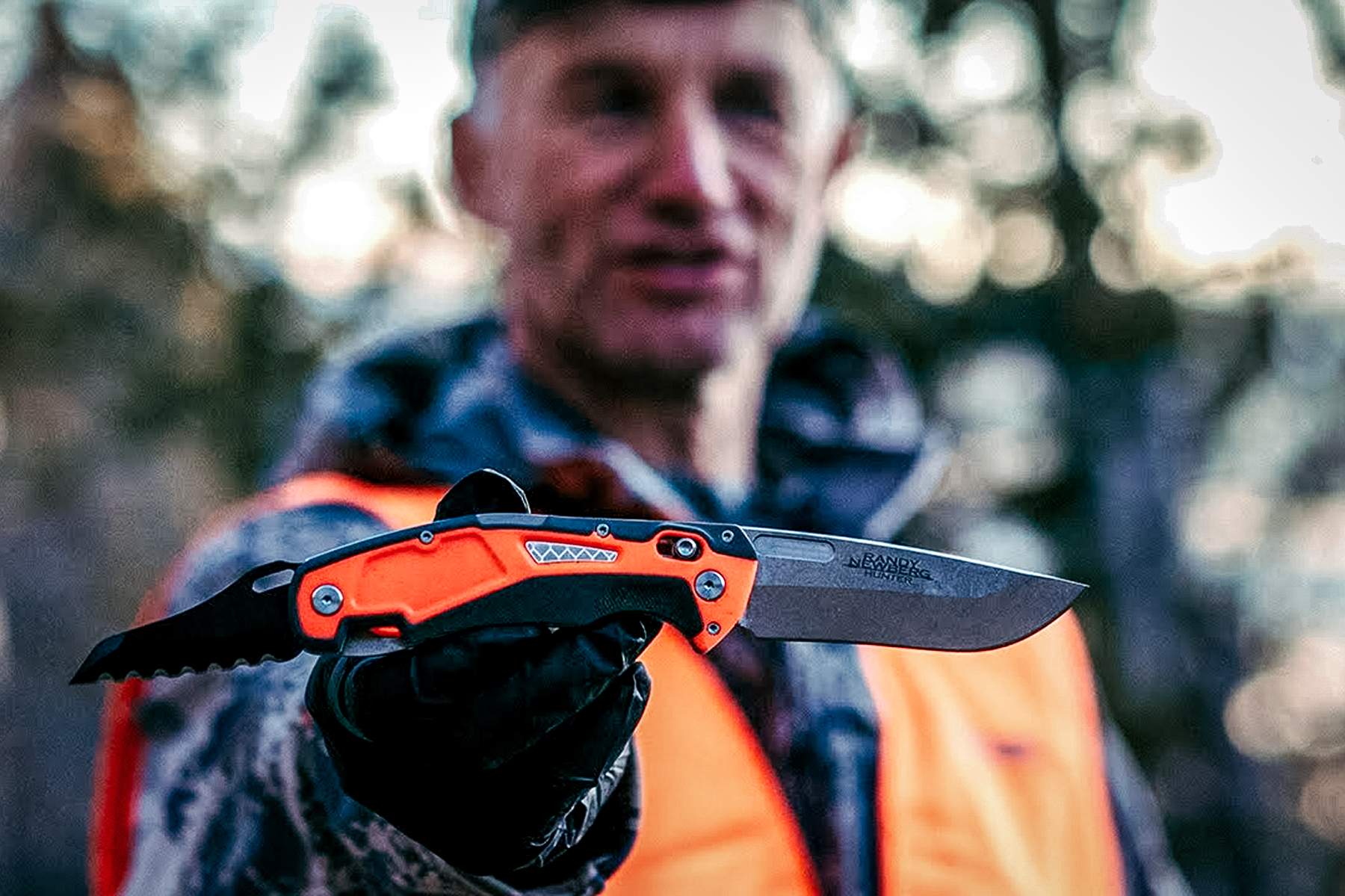
Newberg has his own line of elk field processing knives from Gerber, which he says, “is kind of embarrassing for some small-town guy like me.”
The Randy Newberg DTS features an extra tendon tool, and the Randy Newberg EBS comes with three interchangeable blades designed for various stages of the elk harvesting process.
Game Bags
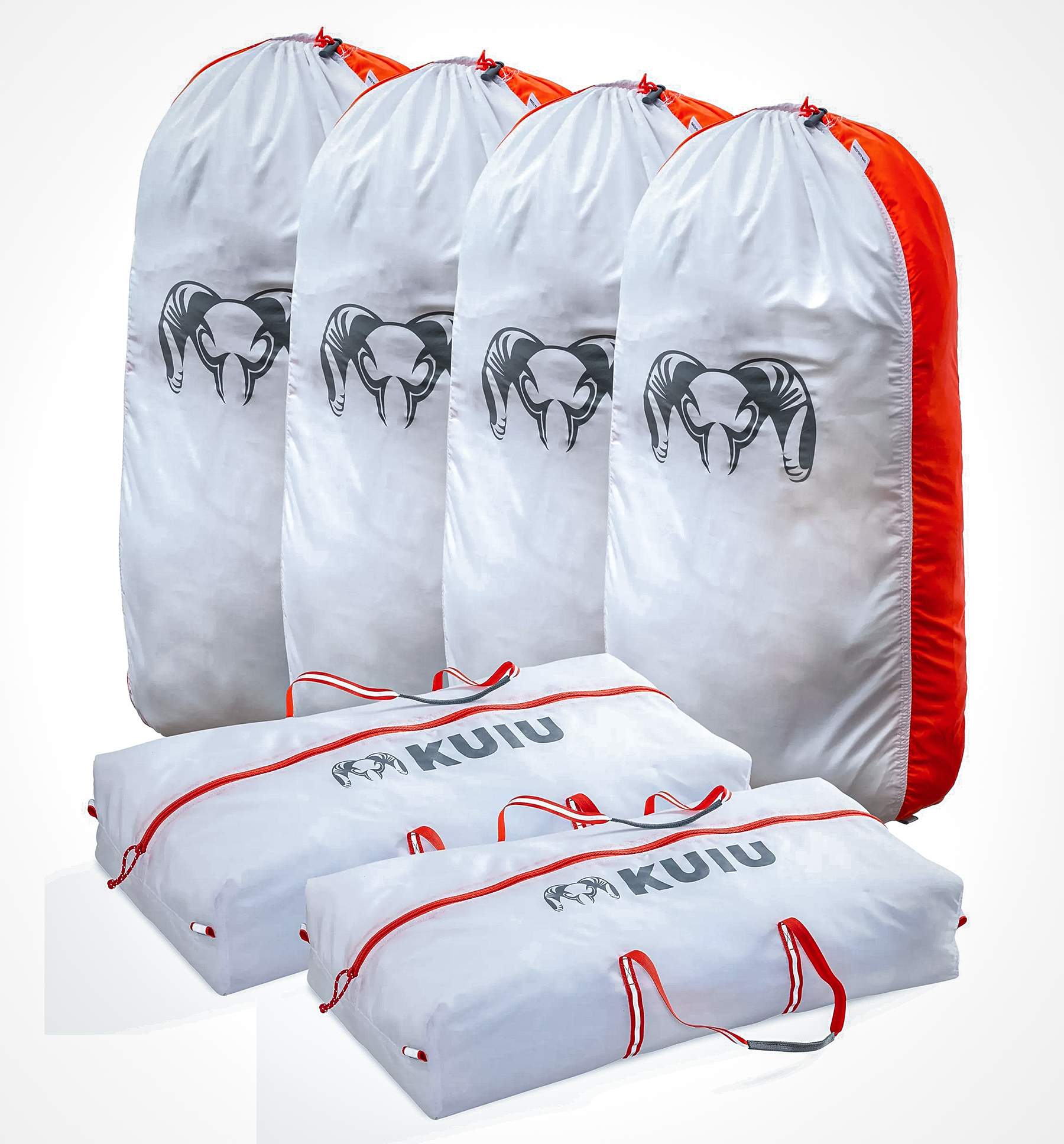
Lowering the temperature of wild game is crucial for preventing bacterial growth.
“You have to get the meat off the carcass and hanging in game bags that are dust-proof and insect-proof as quickly as you can,” Newberg says. “If you get it in the shade or maybe the wind, you can get that temperature down to 60 degrees really quickly. And once you get it down to that lower temperature, it’ll go a long time.”
Vacuum Sealer
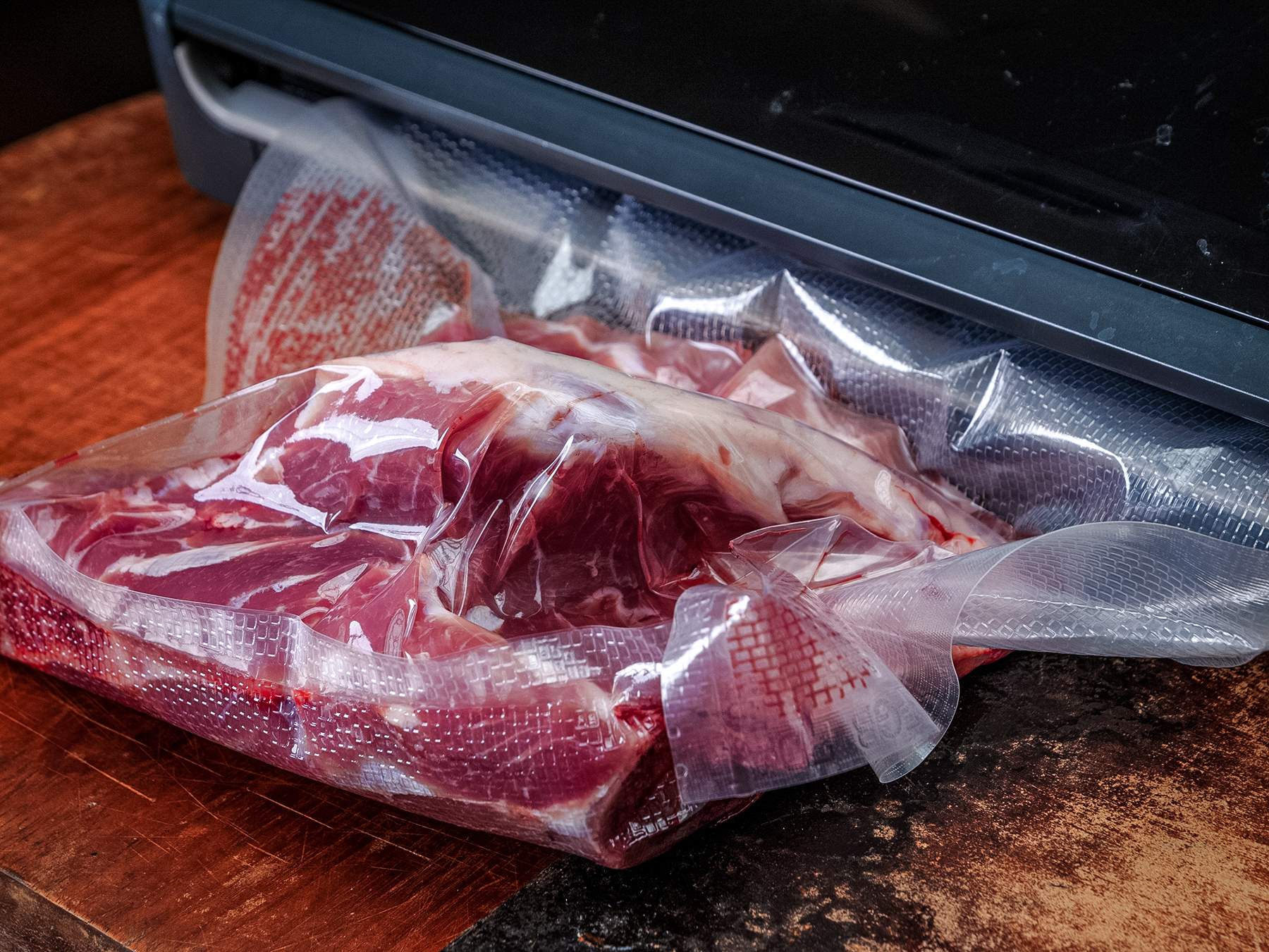
Vacuum sealing allows you to freeze meat for a year or two with no freezer burn, which can occur within six months otherwise.
“I can’t eat an entire elk in six months,” Newberg says. “A vacuum sealer is absolutely critical to how I handle wild meat.” Vacuum-sealed bags of food are perfect for packing on hunting trips and can easily be heated in a pot of boiling water.
Traeger Timberline Grill
Traeger’s pellet-fired grill reliably works outdoors in winter, thanks to its insulated, double-wall stainless steel interior. Pellets add flavor, and the grill’s precision temperature control allows Newberg to cook his meat low and slow, the cardinal rule of wild game cuisine.
